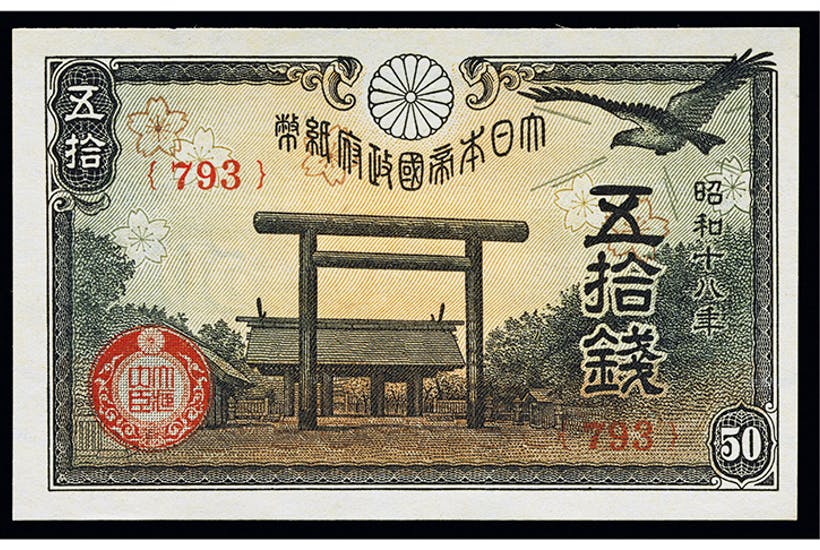The mutual animosity of the Far East Asian nations can strike some as baffling, given their shared history and cultures, though anyone who grew up in a large family will know what it’s like to fight for individual space. With China’s rise, some form of understanding or defence alliance between Japan and South Korea seems in the interests of both nations, given Xi Jinping’s aggressive expansionism in the South China Sea and clear intent to exchange infrastructure for diplomatic support through his signature Belt and Road policy.

Disagree with half of it, enjoy reading all of it
TRY 3 MONTHS FOR $5
Our magazine articles are for subscribers only. Start your 3-month trial today for just $5 and subscribe to more than one view
Already a subscriber? Log in






Comments
Join the debate for just £1 a month
Be part of the conversation with other Spectator readers by getting your first three months for £3.
UNLOCK ACCESS Just £1 a monthAlready a subscriber? Log in